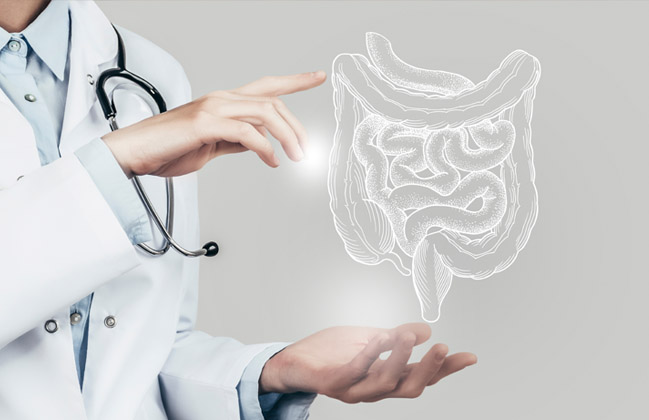What is Migraine?
Migraine is the second most common type of headache for which patients seek medical advice, affecting 20 to 30% of females between the ages of 20 and 50 years. This disabling condition is characterized by pulsating pain on one side of the head. Migraine episodes can last anywhere from 4 to 72 hours and often interfere with routine activities. Symptoms tend to worsen with exposure to light, sound, and strong smells, further complicating daily functioning.
Symptoms of migraine
Some individuals may experience aura symptoms before the migraine, such as flashes of light or tinnitus (ringing in the ears) around 1 hour before a migraine attack. These symptoms can serve as a warning sign for the upcoming episode.
The migraine attack itself can last anywhere from a few hours to up to three days and is commonly characterized by:
- Unilateral or bilateral throbbing or pulsating disabling headache
- Nausea and/or vomiting
- Sensitivity to light (photophobia) and sound (phonophobia)
Common causes of migraine
The exact cause of migraines remains not fully understood, but they are believed to be linked to chemical imbalances in the brain. Several factors can trigger migraine attacks, including:
- Stress
- Alcohol consumption
- Smoking
- Food additives
- Hormonal disturbances
- Irregular eating patterns
- Inadequate sleep
- Intense physical exertion
- Certain medications
- Changes in weather or atmospheric pressure
 Patient Login
Patient Login


















